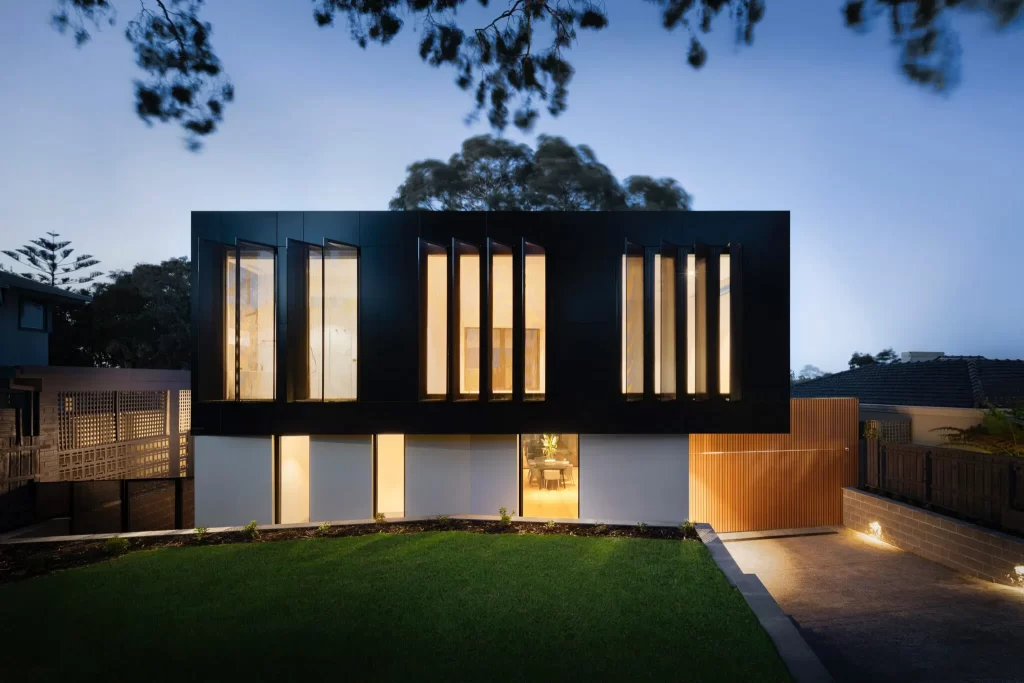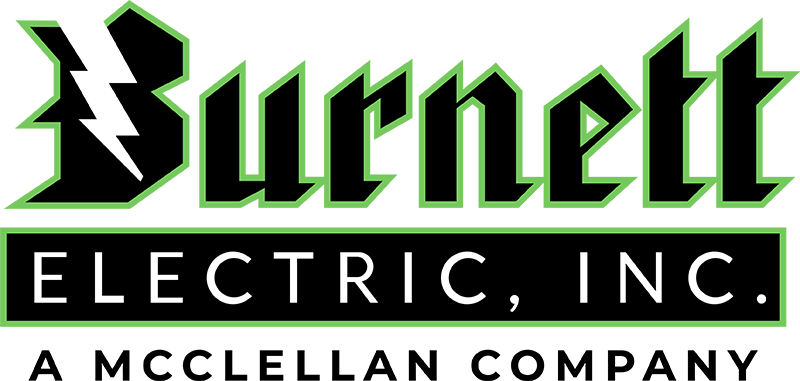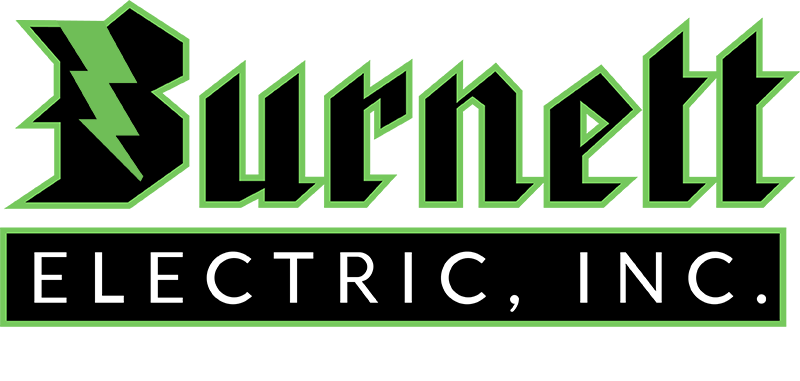
Whether you’ve consciously thought about it or not, you’ve likely noticed the difference between the look of LEDs and traditional lights before. LEDs (which stands for light-emitting diode) are being used in more places and for more applications each day.
It’s generally easy to tell the difference between these and traditional lights because LEDs are whiter and brighter. They’re a newer and more efficient technology, which is why many homeowners and businesses are turning to LED technology for their lighting needs. But it’s not always possible to put LED bulbs in all regular fixtures. That’s where retrofit lighting comes in.
What is an LED retrofit?
Retrofitting an element of your home or commercial space is when you add something that wasn’t part of the original construction. Think of it like after-market upgrades to a vehicle, such as installing a custom stereo to replace the one your car came with.
If you want to start using LEDs in your home or business, retrofitting your light fixtures is sometimes necessary to make them compatible with LED bulbs.
The benefits of LED lighting
Retrofitting old fixtures is a bigger task than simply replacing some light bulbs. So why are so many homeowners and business owners having it done? The simple answer is that LED lighting has many benefits over traditional lighting which makes it worth the cost of retrofitting.

Here are a few advantages of LED lights:
#1. They’re more energy-efficient
The US Department of Energy found that LED lights use up to 90% less energy than regular bulbs. This is big news for anyone who is looking to cut costs on their electric bill. The bigger your space, the more lights it likely has, and the more lights it has, the more you pay for electricity every month.
Just imagine the cost and energy savings you could enjoy if you could cut the electricity usage of all your lights by up to 90%! This benefit is especially appealing to business owners with large commercial spaces, like warehouses and parking lots. Switching to LEDs can massively cut your monthly energy costs in cases like these.
Don’t forget, of course, that using less energy is better for the environment too. Homeowners who are looking to reduce their carbon footprint can feel good about switching to LEDs for this reason. Businesses that are trying to be greener and reduce their impact can as well. Using LEDs is a great first step toward contributing to a healthier future for our planet.
#2. The bulbs last longer
Even though most of your cost savings in switching to LEDs will be reflected in your electric bill, you’ll save by replacing light bulbs less often, too. Did you know that, according to the US Department of Energy, LED bulbs last up to 25 times longer than regular incandescent bulbs? Even though a single incandescent bulb and a single, basic LED bulb now cost about the same—roughly $5—the expense of replacing the shorter-lifespan bulbs can add up over time.
Let’s take a quick look at the math to get a better idea of the cost savings. An incandescent bulb lasts about 1,000 hours or 41 straight days. For the same price, you could get an LED bulb that lasts about 25,000 hours, or 1,041 straight days. In other words, you could have an LED light turned on for almost three years before the bulb would go out. In that time, you would’ve had to spend $125 on incandescent bulb replacements to get the same performance.
In addition to lasting longer with regular use, LED bulbs are also more durable than incandescents. First, they’re less breakable, which means they weather the bumping and jostling of transit, storage, and even accidental dropping better. Second, LEDs have been shown to be sturdier in cold weather. If you live in a cooler climate, your LED bulbs will hold up longer, whether they’re used for indoor or outdoor lighting.
Plus, expenses aside, replacing light bulbs often can be a pain, especially if you have lights that are in hard-to-reach places. Going to the store for bulbs and then dragging the ladder out to reach and replace the dead bulb is a task many find time-consuming and tedious.
Either way, the fact that LEDs require infrequent replacement is another of their key benefits. (Bonus: When you do toss a dead LED bulb, they’re recyclable, unlike incandescent options!)

#3. They’re more versatile
Finally, there’s a more fun reason to make the switch to LED lighting solutions: They’re more versatile! LEDs come in various colors besides bright white, including blue, red, green, or even color-changing bulbs. If you want to add an extra touch of character to your space’s lighting, LEDs are the only way to go.
In addition, you can now buy smart LED light bulbs. These bulbs have wi-fi connectivity built right in. That means you can control them from your phone. Depending on the bulb, you can turn them on and off, put them on a timer, and change the color temperature all from an app. This ability to get more creative with your lighting system is one additional draw of LEDs.
How to do a lighting retrofit
If you’re interested in converting the light fixtures in your home or business to LEDs, you’re not alone! Millions of American households and businesses have already made the switch. As we mentioned earlier, it’s likely you’ll need to have your existing light fixtures retrofitted to be compatible with LED bulbs. There are three main ways to do this.
Replace your existing fixtures
If you’re building a new home or office space, you should, of course, select LED light fixtures for the construction. If your space is already built and outfitted with traditional fixtures, you could simply replace them all. However, it’s easy to see why this isn’t the option most people go for.
Replacing fixtures can be an extremely expensive task, and tossing so many old fixtures that still work is wasteful. That’s why we strongly recommend retrofitting for those who have a house or business space that’s already full of traditional lighting fixtures.
Get an LED retrofit kit
In some cases, you can do the retrofitting yourself. You can find LED retrofit kits online or at your nearest big-box hardware store. First, you’ll have to choose the right kit for your needs, depending on whether you’re replacing can lights or high bay lights or whatever other type. Then, you’ll have to carefully follow the instructions to complete the retrofit. While it’s possible to do this process without electrical training, you may find it difficult or tedious. Plus, if you’re planning to retrofit all the light fixtures in your home or business, doing it yourself could take a long while.

Call the professionals
If you’d rather get the lights in your home or commercial space retrofitted quickly and easily, your best option is to call the professionals. A trained electrician can complete the job in a much shorter time frame, meaning you can start enjoying better light and saving money on electricity sooner.
Call us today for retrofitting of uplights, downlights, and more
If you’re located in Reno or the surrounding area and are looking for professional help with an LED retrofit project, Burnett Electric is your best bet. Our team of lighting specialists is ready and available to help you convert the light fixtures in your home or business to the lighting technology of the future, LEDs.
Give us a call today at (775) 857-5229. We’d love to answer your questions about retrofitting any and all fixtures in your residential or commercial property to be compatible with inexpensive, highly efficient LEDs.



